The Wheaton and Hollis Hotel, nestled in the ghost town of Bodie, California, stands as a haunting relic of a bygone era. Preserved in a state known as “arrested decay,” this historic structure offers a window into the past, untouched by modernity.
Once buzzing with the energy of prospectors and travelers, the hotel now remains eerily still, enveloped by the stories and whispers of history. Join us as we explore this captivating landmark through twelve distinct lenses, capturing the essence of what once was and what continues to be.
A Hotel Standing in the Heart of a California Ghost Town
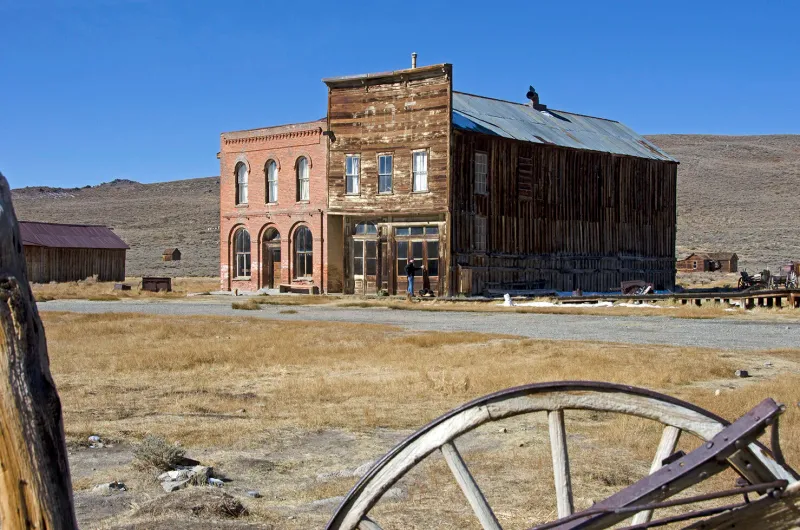
Amidst the dusty streets of Bodie, California, stands the Wheaton and Hollis Hotel, a testament to a bustling past. This historic building finds itself at the heart of a ghost town preserved in time. Its wooden façade, weathered yet resilient, echoes tales of prosperity and decline.
As the town’s centerpiece, the hotel draws visitors who seek to step back into the late 19th century. They find a place where time appears to have halted, each room a silent keeper of secrets and stories.
Despite its abandonment, the hotel maintains a presence that resonates with the spirit of history. It acts as a bridge between today and a vibrant, albeit fleeting, yesteryear.
How Bodie Rose From a Mining Rush
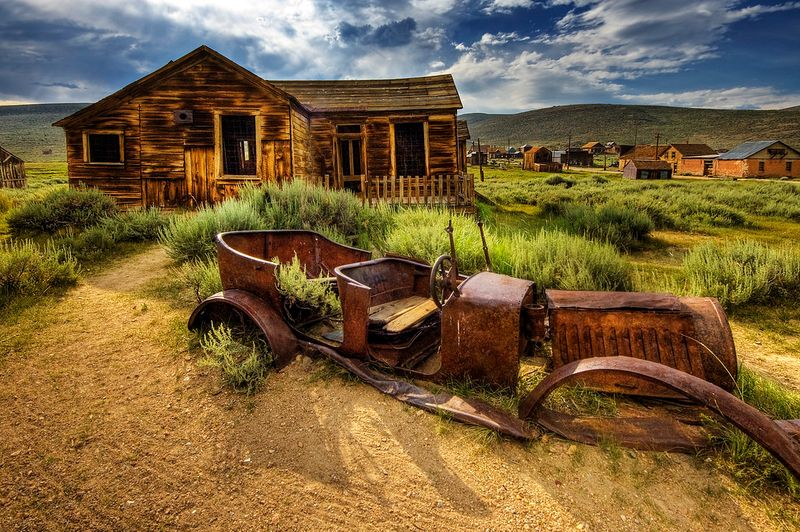
Bodie, California, owes its existence to the wild frenzy of the Gold Rush era. This once-thriving mining town emerged as prospectors flocked to the Eastern Sierra in search of fortune. By the late 1800s, Bodie had transformed into a bustling hub.
Overnight, wooden structures sprouted, and the Wheaton and Hollis Hotel became an essential part of this growing community. The allure of gold drew people from all walks of life, each seeking their own piece of prosperity.
However, as quickly as Bodie rose, the fortunes began to fade, leaving behind stories of hope and hardship. Today, Bodie stands as a protected glimpse into the chaotic past of California’s mining history.
The Hotel That Served Prospectors and Travelers
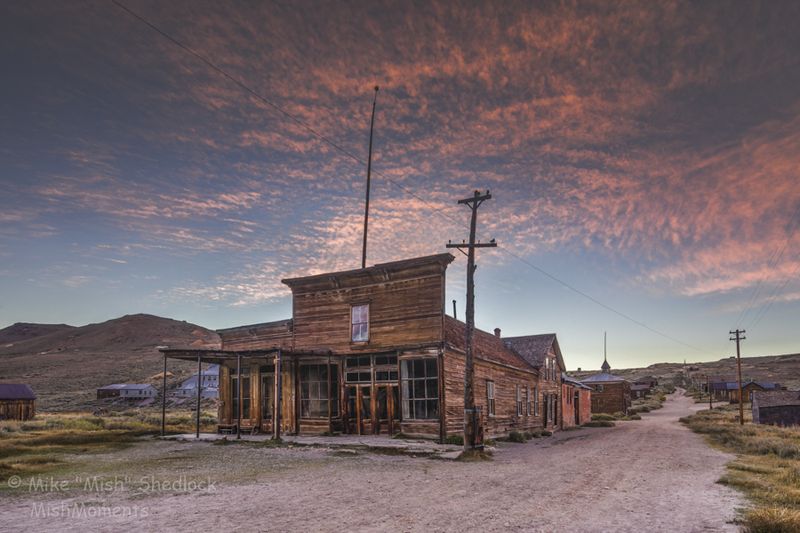
In its heyday, the Wheaton and Hollis Hotel was more than just a place to rest. It was a sanctuary for weary travelers and hopeful prospectors, offering refuge and a slice of comfort amidst the rough-and-tumble mining life.
The hotel buzzed with activity, its corridors echoing with laughter and the clinking of boots. Rooms were filled with tales of discovery, dreams, and sometimes despair, creating a vibrant tapestry of human experiences.
Though the guests have long since departed, their presence lingers in the dusty halls and creaking floors, inviting visitors to imagine the vibrant life that once flowed through its walls.
A Building Preserved in the State of “Arrested Decay”
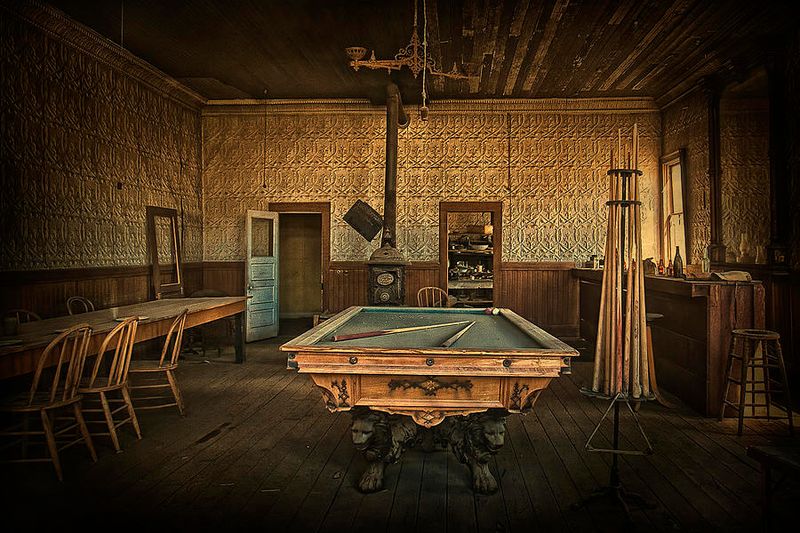
The concept of “arrested decay” is vividly embodied in the Wheaton and Hollis Hotel. Unlike typical restoration, this preservation approach retains the structure exactly as it was left, capturing a moment frozen in time.
This method ensures the hotel remains a true artifact of history, maintaining its authenticity and raw beauty. Every crack, every fleck of peeling paint tells a part of Bodie’s story, untouched by modern restoration techniques.
Visitors are drawn to this unique preservation, allowing them to experience a genuine slice of history. The hotel, in its state of arrested decay, offers a hauntingly beautiful glimpse into the past.
Wooden Walls Weathered by Sierra Winds
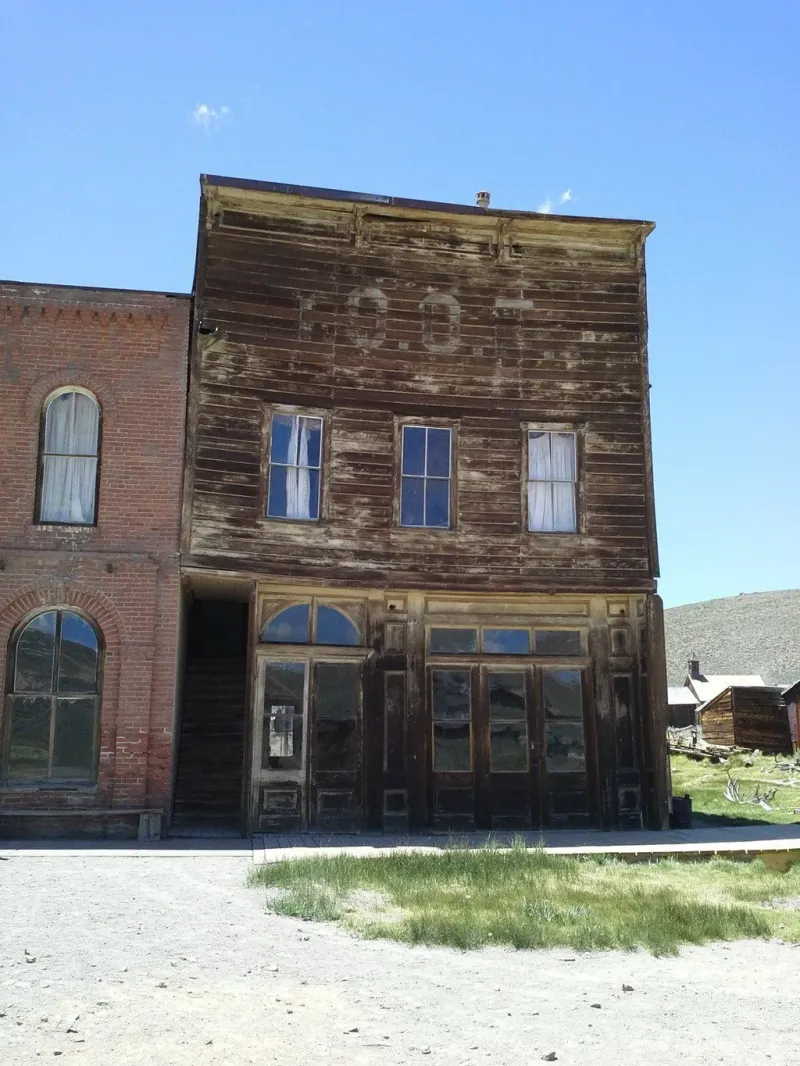
The wooden walls of the Wheaton and Hollis Hotel bear silent witness to the relentless Sierra winds. Over decades, these winds have etched their mark into the very grain of the wood, creating a textured history of endurance.
Every plank tells a story of resilience against the elements, whispering tales of harsh winters and scorching summers. The wood, aged and bleached by the sun, stands strong despite years of exposure.
This weathered exterior is not just a facade; it’s a testament to the hotel’s survival and a visible reminder of the passage of time in this ghostly town.
Rooms That Look Paused Mid Story
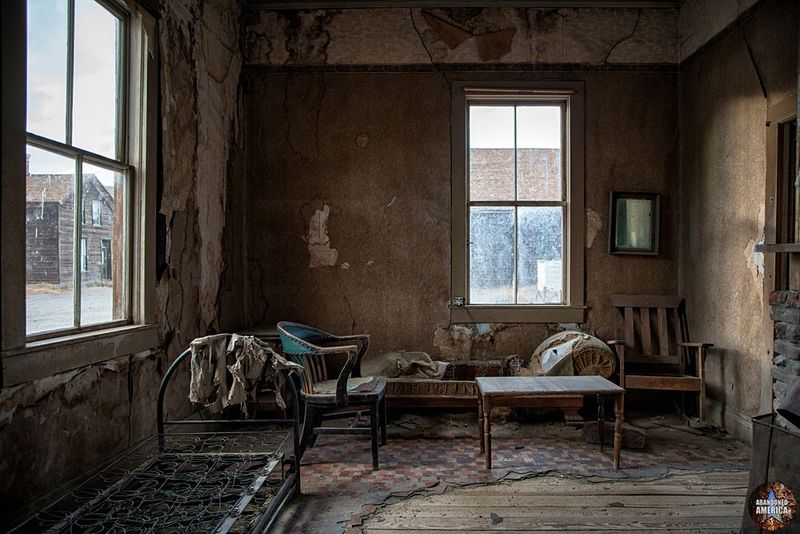
Stepping into the rooms of the Wheaton and Hollis Hotel is like entering a narrative paused mid-sentence. Beds remain unmade, chairs are slightly askew, and personal belongings lie scattered, each object telling its own story.
The stillness of these spaces creates a poignant sense of lives interrupted. These rooms, untouched by time, offer a glimpse into the daily existence of their last occupants.
Visitors find themselves captivated by the eerie beauty of this arrested moment, a silent testament to the past lives and dreams that once filled these now quiet spaces.
Why Travelers Come to See the Stillness
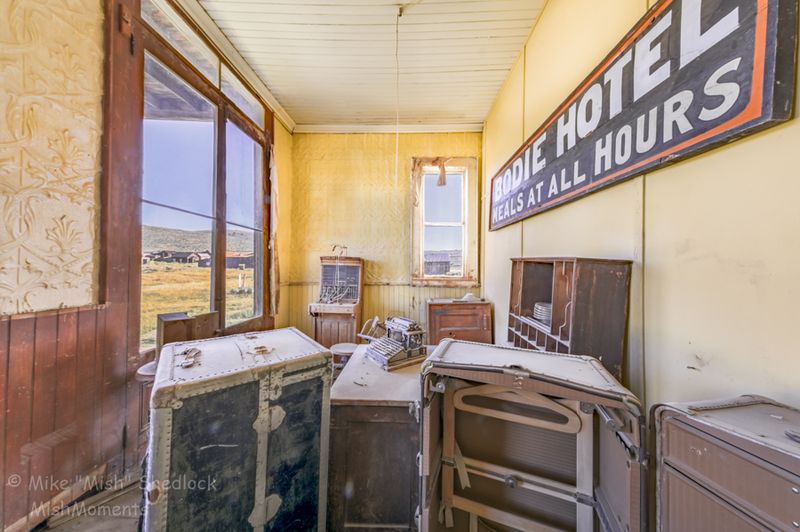
The allure of the Wheaton and Hollis Hotel lies in its profound stillness. Travelers are drawn to this quietude, seeking a respite from the noise of the modern world.
There’s a unique beauty in the silence that envelops the hotel, allowing visitors to listen to their own thoughts and ponder the echoes of the past. This stillness offers a rare opportunity to connect with history on a personal level.
In this peaceful hush, guests find space for reflection, imagination, and a deep appreciation for the stories etched into the wood and walls.
A Main Street Filled With Silent History
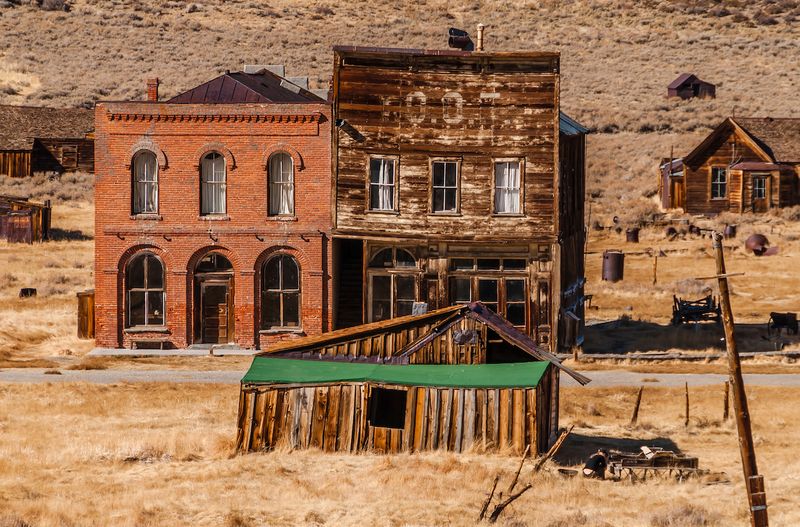
Bodie’s main street, where the Wheaton and Hollis Hotel stands, is a tableau of silent history. Once a vibrant thoroughfare, it now lies quietly, whispering tales of its bustling past.
The street is lined with weathered storefronts, each holding secrets of the lives and businesses that once thrived there. It’s a place where the imagination runs wild, filling the silence with stories of yesteryear.
Visitors stroll down this historical pathway, absorbing the atmosphere of a time long gone, where echoes of the past linger in every shadow and corner.
Local Efforts That Keep the Town Intact
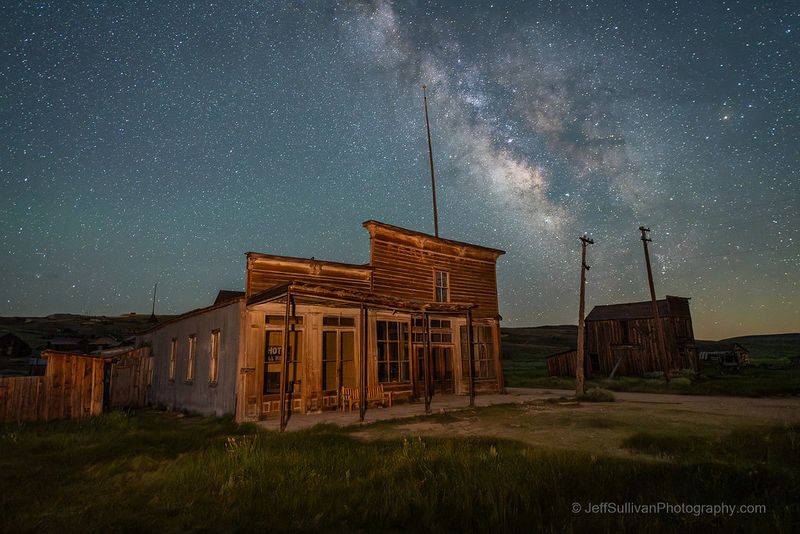
The preservation of Bodie and the Wheaton and Hollis Hotel is a labor of love by dedicated locals and historians. They work tirelessly to maintain the town’s authenticity, ensuring its stories remain alive.
These efforts involve repairing structures just enough to prevent collapse while preserving the unique characteristics of decay. It’s a delicate balance between preservation and allowing nature’s touch.
The commitment of these individuals ensures that Bodie’s heritage is not lost to time, providing future generations with a tangible connection to the past and a remarkable historical site to explore.
The Harsh Climate That Shapes Every Structure
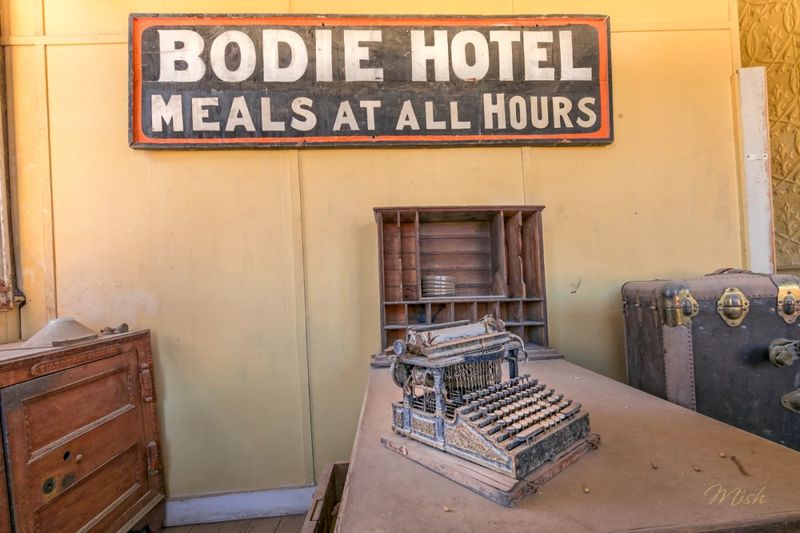
Bodie’s location in the Eastern Sierra exposes it to a harsh climate that has shaped its structures over time. The unforgiving weather, with its extreme temperatures and fierce winds, has left an indelible mark.
Buildings like the Wheaton and Hollis Hotel have endured snowstorms, scorching summers, and everything in between. This climate has contributed to the unique state of decay, adding character to the town’s appearance.
Despite the challenges, the structures stand resilient, offering a raw, authentic glimpse into the town’s enduring spirit and the forces of nature that sculpt it.
Stories Passed Down Through Bodie’s Lore
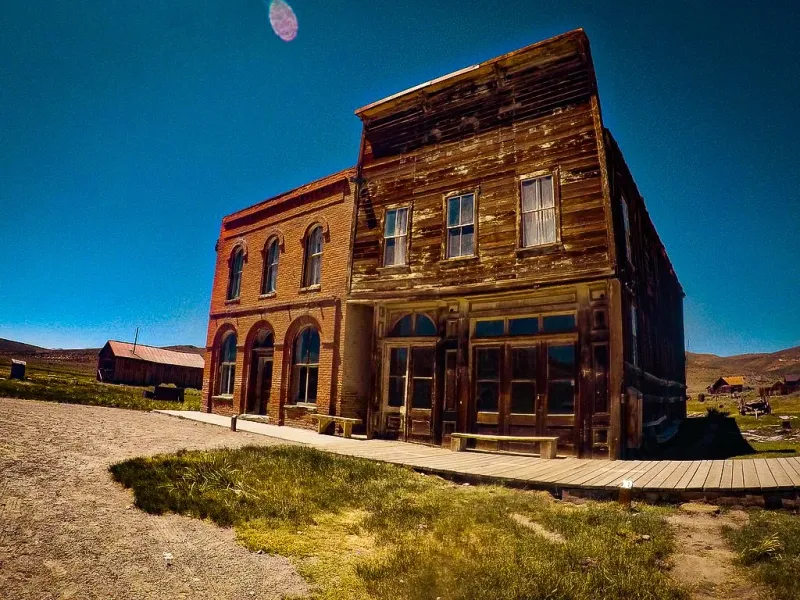
Bodie is rich with tales, passed down through generations, adding layers of intrigue to its history. From ghost stories to tales of infamous characters, the town’s lore captivates the imagination.
The Wheaton and Hollis Hotel is central to many of these narratives, with rooms that echo the footsteps of miners, travelers, and perhaps even spirits. These stories breathe life into the stillness, creating a tapestry of history and myth.
Visitors are drawn to these tales, eager to unravel the mysteries and add their own chapter to Bodie’s enduring saga.
Why the Hotel Remains a Haunting Piece of California’s Past
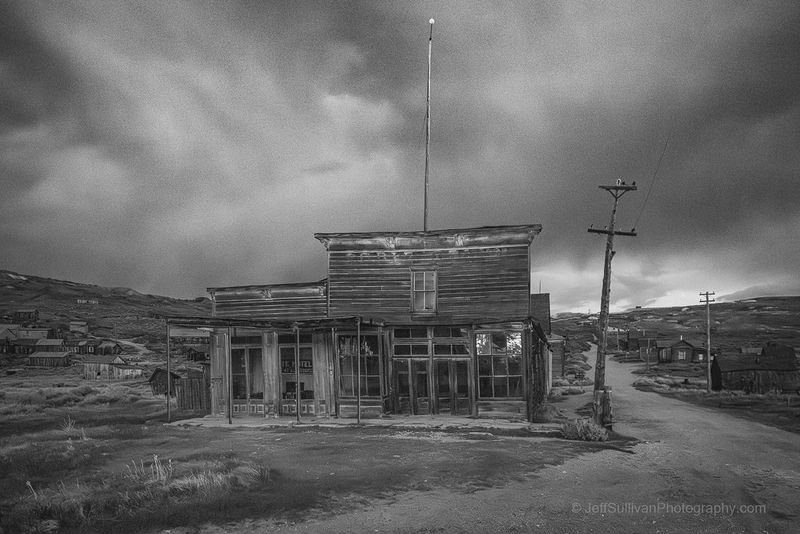
The Wheaton and Hollis Hotel stands as a haunting reminder of California’s vibrant past. Its presence in Bodie captures the essence of an era defined by dreams, challenges, and the relentless pursuit of prosperity.
The hotel’s enduring allure lies in its authentic decay, a poignant symbol of a time when life was as uncertain as the fortunes of gold. Visitors are drawn to its haunting beauty, finding a piece of themselves in its silent stories.
In this quiet ghost town, the hotel retains its power to evoke emotion and reflection, standing as a timeless testament to history’s ever-present shadow.
Dear Reader: This page may contain affiliate links which may earn a commission if you click through and make a purchase. Our independent journalism is not influenced by any advertiser or commercial initiative unless it is clearly marked as sponsored content. As travel products change, please be sure to reconfirm all details and stay up to date with current events to ensure a safe and successful trip.